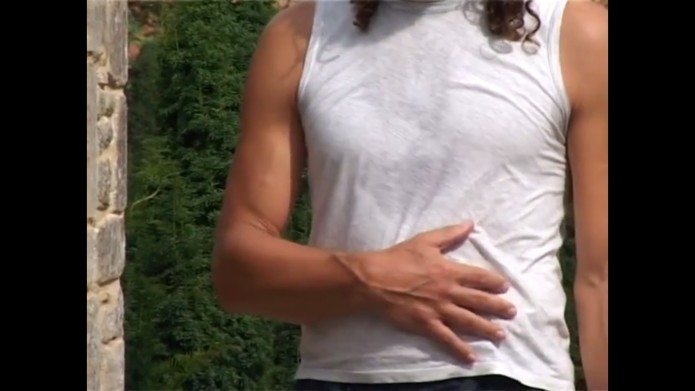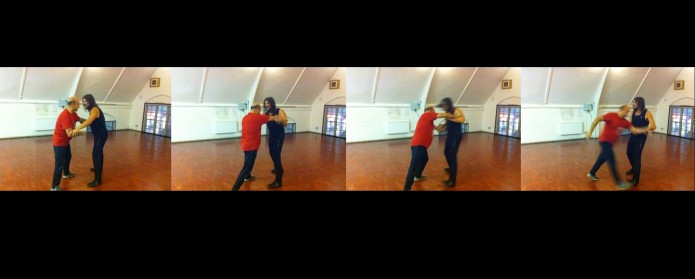The posts in this section highlight some of the theoretical concepts underpinning Taijiquan.
However, these are only given as tasters and are in no way an exhaustive treatment of the subject!
To fully benefit from these principles in action, nothing beats attending classes and practising regularly…!
Category Archives: Theory

Tai Chi Theory – Tension, Relaxation & Breathing
One of the benefits of regular Taiji practice is the release of stress and unwanted postural tension, allowing the breath to flow smoothly and unhindered.
Martially, this aids in the efficient transmission of force, without interference of postural muscle tension upon functional muscle use; it also allows the practitioner to move in a relaxed way and conserve stamina.
In the video below Dave discusses the concepts of tension, relaxation and breathing as they relate to the Taiji hand form postures and movements.

Tai Chi Theory – Stances
One of the fundamental principles is maintaining a structurally sound stance. The Tai Chi Discourse states:
The root is in the feet;
Discharging is done by the legs,
The controlling power is in the waist,
And the appearance is in the hand and fingers. [1]
In health-based Tai Chi practice, correct stances are integral for ensuring joint health of the lower legs and for supporting the functioning of the leg muscles. In martial Tai Chi practice, stances are vital for ensuring one can effectively absorb and redirect the force of an opponent.
In the video below, Dave provides instruction in some of the basic principles of stance-work.
[1] Translation by Dan Docherty, http://www.taichichuan.co.uk/information/classics_lun_text.html

Taiji Theory – Yin & Yang
This series of photographs shows Chris (red) initiating right and left pushes with the intent of unbalancing his opponent.
Dave (black), listening for changes in his opponent’s movement detects Chris’s intent, absorbing the right push with a solidly structured stance and redirecting the left push using softness and flexibility, guiding Chris’s force into “the void” (i.e. unbalancing the attacker).
Principles of Yin and Yang
External use of yin yang –
In the martial art of taijiquan, the principles of yin and yang are followed. Attacking follows yang characteristics, defending follows yin. A taiji player aims to counter an attacker’s yang by using yin to absorb and defuse the attack. The yang force is not met head on and blocked, yang is not used against yang. Instead the defender moves aside of the attack or diffuses it by absorbing it, this follows yin characteristics. Once an attacker’s yang has been nullified, he or she is vulnerable and often unbalanced, becoming yin, and yang can then be used in a counter-attack.
Educated force, jin, force with technique, stemming from an understanding of yin and yang, is essential to taiji. The ability to switch between effective yin and yang quickly requires suppleness, agility and responsive speed and power.
The Taiji hand form consists of a series of movements in which yin and yang interchange. It develops awareness of the way yin and yang can be used in self-defence and of the way your body works naturally.
Drilling applications and pushing hands styles in class develops your practical and actual physical understanding of yin yang theory and not just an intellectual understanding.
Internal use of yin and yang –
Natural body movements and mechanics also reflect yin yang theory and an internal awareness of this in your training develops a natural physical and mental compose. Muscles work in antagonistic pairs, one contracts the other lengthens, yin and yang. An excess of yang produces unwanted tension and will constrict, slow, weaken and desensitise your movements. Too much stress in your mind is too much yang and a clam responsive awareness is yin, so the mind needs a balance of yin and yang as well.
Taiji is yin and yang in harmony.
Some ancient European symbols of similar appearance –

Ornamental Bronze Plaque, Celtic Horse-gear, Santon, Norfolk

Shield pattern of the Western Roman infantry unit Armigeri Defensores Seniores(c. AD 430)